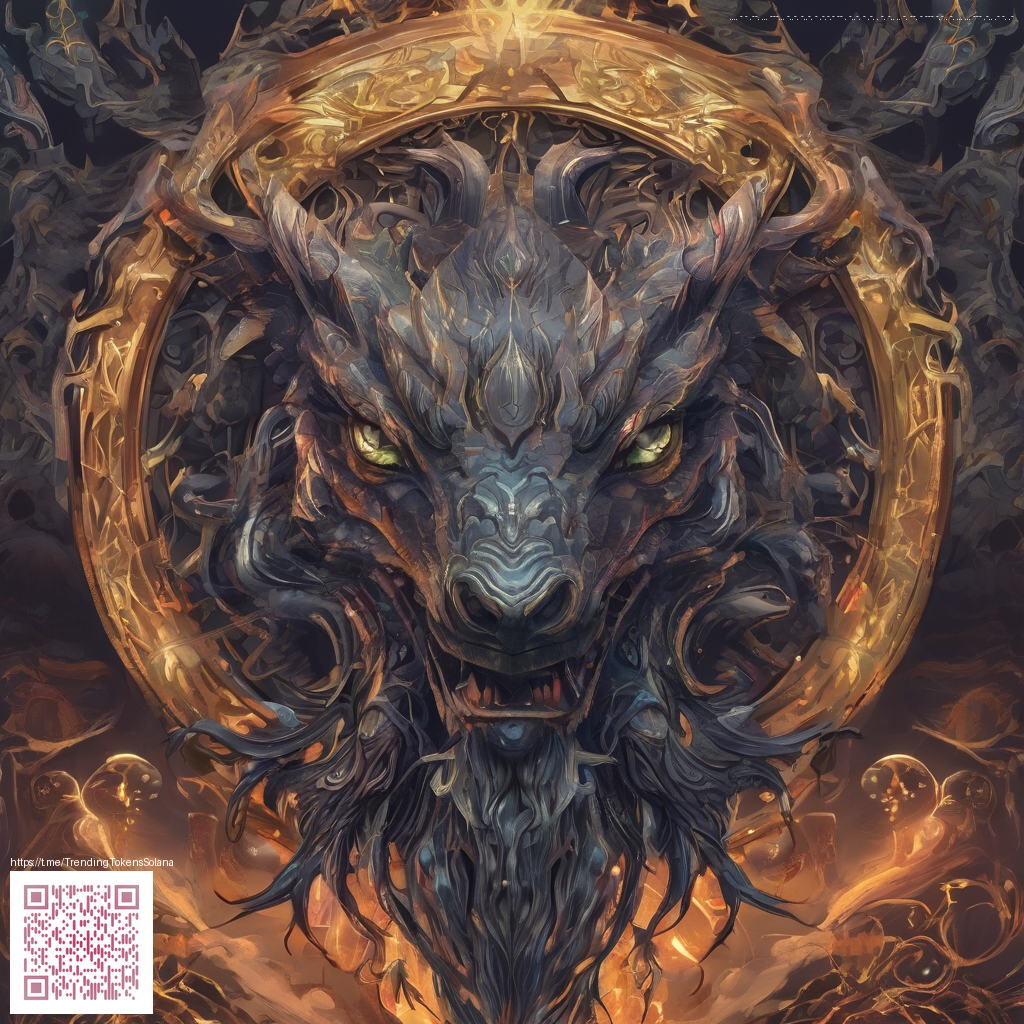
Digital Paper and the Emotions of Interaction
Digital paper is more than a buzzword; it’s a design philosophy that leverages the familiar textures and legibility of traditional paper to shape how users feel as they navigate interfaces. When designers talk about digital paper, they mean surfaces and interactions that carry memory, calm, and clarity. The aim isn’t to mimic paper for its own sake but to create a tactile sense of continuity between the physical world and the digital one, so interactions feel inevitable rather than abrupt.
At its core, digital paper uses visual texture, subtle shadows, deliberate line weight, and measured motion to cue expectations. A well-crafted surface can reduce cognitive friction, because users skim less and understand more quickly. This matters in complex dashboards, narrative apps, and games where mood matters as much as metrics—and where a soft, paper-like presence can invite users to stay longer and engage more deeply.
Mechanisms: texture, rhythm, and memory
Texture is not about roughness in the literal sense; it’s about perceptual hints that make information approachable. A paper-like surface might lean toward warm color temperature, gentle shadows, and consistent margins that guide the eye along a narrative path. Rhythm—how elements appear, shift, and respond—gives users a sense of control. Too abrupt a change can jolt attention; a steady cadence invites exploration and reflection.
“Good design tells a story through the texture of its interactions.”
Memory plays a crucial role. When a UI references familiar patterns—grid layouts, notebook-inspired typography, or card-based modules—users rely on long-term memory to predict what happens next. That predictability is comfort, and comfort lowers resistance to trying new tasks. In practice, digital paper blends typography, color, spacing, and motion to evoke familiarity while preserving clarity.
Practical Applications
In the realm of product design, digital paper becomes a bridge between intuition and efficiency. A dashboard that mirrors the quiet discipline of a well-kept ledger helps users focus on insights rather than features. A narrative app might employ micro-animations that resemble page turns, producing a sense of progression rather than abrupt transitions. And in gaming or creative workspaces, tactile cues can anchor action, turning digital tasks into experiences that feel meaningful and deliberate.
- Reduced cognitive load through consistent, paper-like layouts
- Enhanced trust via predictable affordances and legibility
- Stronger memory cues that anchor tasks and goals
- Emotional resonance created by texture, rhythm, and subtle motion
For designers exploring the intersection of digital and physical materials, tactile artifacts can serve as valuable anchors. For example, consider the Neon Gaming Rectangular Mouse Pad 1/16 in Thick Non-Slip, which illustrates how a physical surface can complement digital cues. If you’re curious, you can learn more here: Neon Gaming Rectangular Mouse Pad.
Looking for complementary perspectives on atmosphere and emotion in digital spaces? The Horror Stories page at https://horror-stories.zero-static.xyz/index.html offers a different lens on mood and narrative pacing—a reminder that emotion in design travels through many genres and contexts.
Designing with Digital Paper: Takeaways
When you plan a project, start with a mood board focused on texture, rhythm, and memory. Then map interactions to a paper-like surface: soft shadows for depth, generous white space for breathing room, and deliberate micro-interactions that feel natural rather than flashy. Test with real users to ensure that emotion aligns with tasks, not just aesthetics. A well-balanced digital paper approach supports both clarity and connection, turning interface moments into meaningful experiences rather than mere tasks.